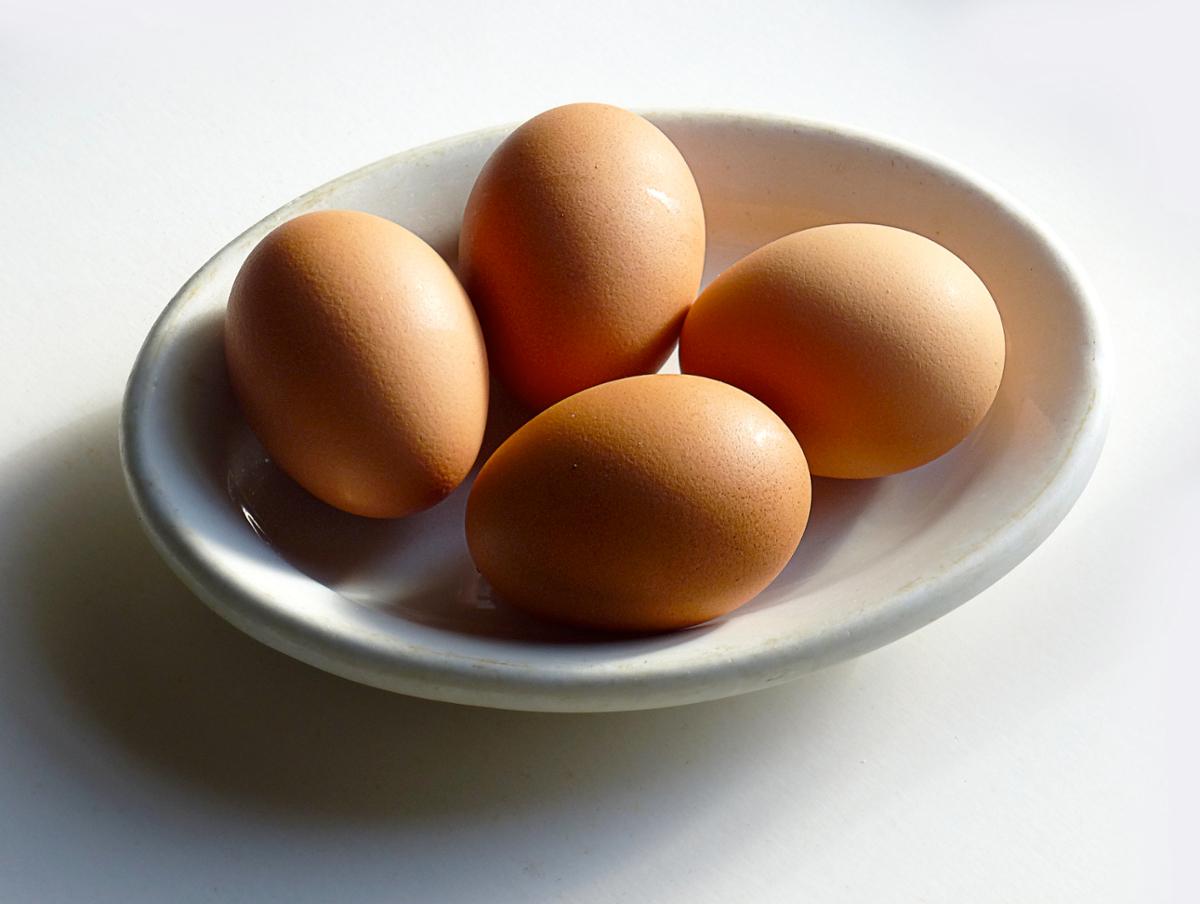Egg whites are often touted as a health food, filled with more proteins than fat-rich yolks. Surprisingly, though, those proteins are also the secret to some of the most decadent creations like pillowy meringues, airy soufflés, and all manner of delicate cakes.
You see, when you whip egg whites the proteins in the whites are rearranged through the introduction of countless little air bubbles. This is one reason a whisk rather than a spatula is so helpful; all those little wires in a whisk help introduce more air into the system. Scientists call this rearrangement “denaturing,” meaning that the proteins lose the main structures that they hold in their native state. As those structures break apart, new structures form. But, not all protein structures are created equal, and whisking egg whites too much can easily create a pesky disulfide bond which will leave you with a watery mess, or “broken” egg whites, rather than decadent stiff peaks.
Enter the copper bowl. When you put egg whites into a copper bowl, a chemical reaction begins almost immediately between the proteins in the whites and the copper in the bowl. This reaction creates what scientists call a copper-conalbumin complex that inhibits the production of the disulfide bond. This is particularly important because once too many disulfide bonds form and the whites break, it is almost impossible to fix them. But everything has a cost; this inhibition may make it take longer to whisk the white. Still, a lot of chefs say the stability of the whipped whites is worth the extra effort which is one of the reasons you will often see copper bowls in high-end kitchens!










